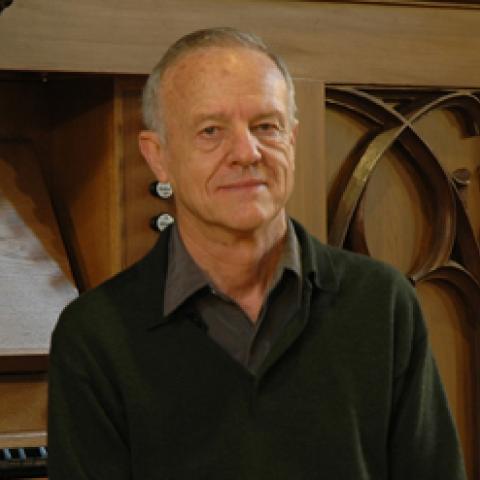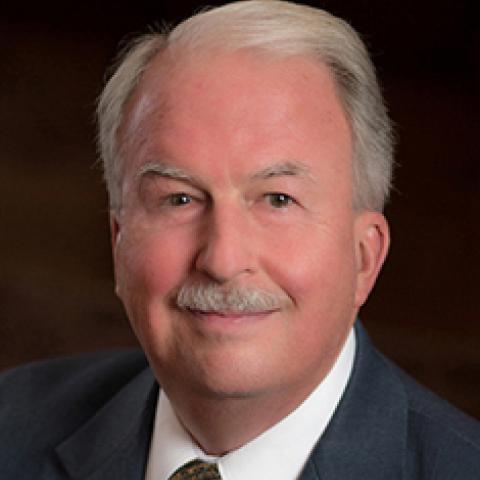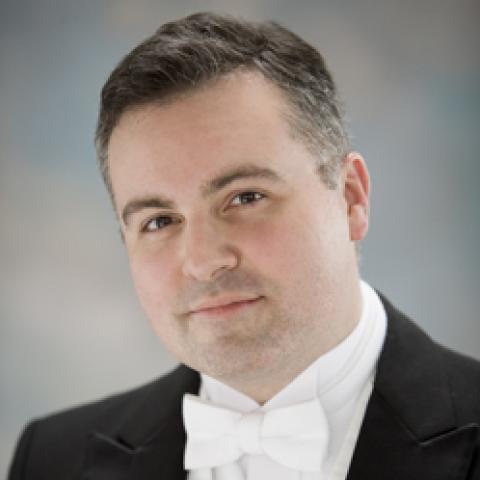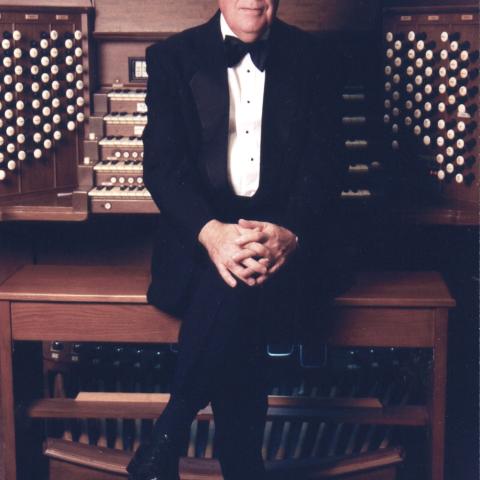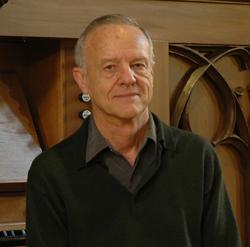
A memorial concert for David Rumsey will take place July 9 in Herz Jesu Catholic Church, Laufen, Switzerland, where he served as organist for the last 12 years of his life.
The program will feature works and performers chosen by Rumsey.
Rumsey died on February 12. See his obituary in the April issue of The Diapason: https://www.thediapason.com/news/david-ramsey-dead-77
For information: www.davidrumsey.ch.

